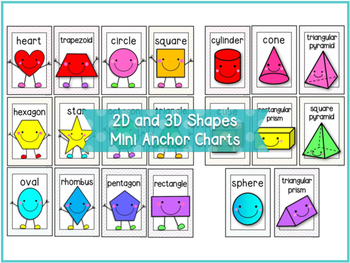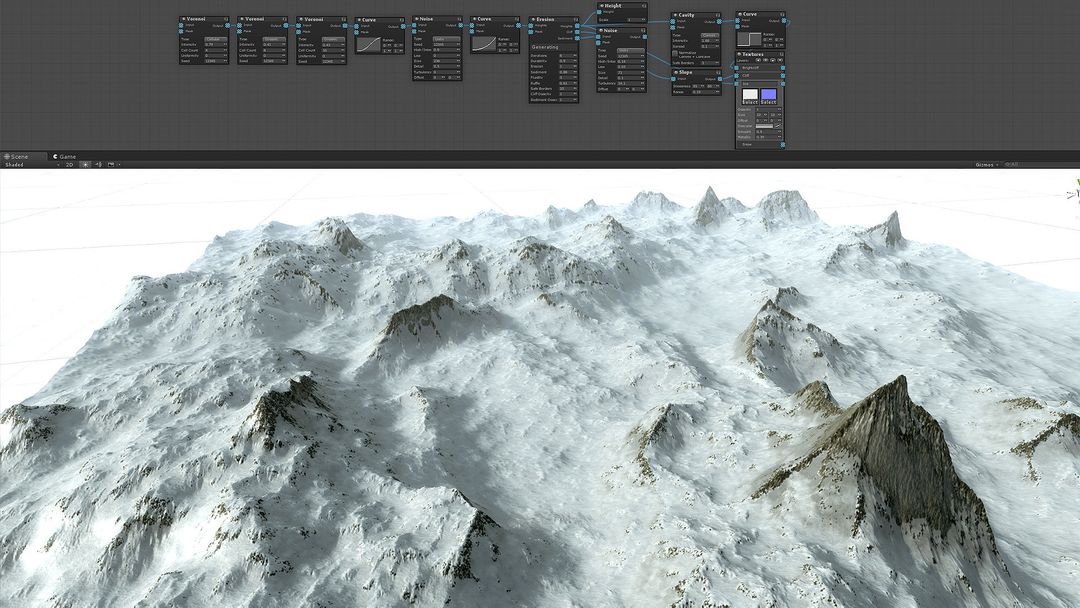

Results show that more than 80% of the testers gave a combined quality score ≥ 3 out of 4 on most evaluation criteria.

We have conducted qualitative evaluations involving 13 expert and 30 non-expert testers, to assess the quality of VOWES’ KGs and its simulation environment.
#K 3D ND UNITY SIMULATOR#
We make use of the Unity 3D engine to build and design the simulator environment and its virtual sensors, and integrate the Mapbox SDK and the WeatherStack API for realistic real-world weather mapping. We design and implement an integrated knowledge graph (KG) representation for VOWES, by creating two constituent KGs: (i) Weather KG describing weather data and events, and (ii) Simulator KG describing 3D simulation components and properties, and connecting them with the (iii) Semantic Sensor Network (SSN) KG to form an integrated structure serving as the knowledge backbone of the VOWES simulation environment. In this paper, we introduce VOWES, a Virtual Outdoor Weather Event Simulator to replicate and measure outdoor weather events in vivid 3D visualizations. In this context, knowledge representation and processing have recently shown a significant contribution to the simulation modeling domain, where knowledge graphs have been used in different fields to build knowledge representations for multiple purposes.
#K 3D ND UNITY SOFTWARE#
We close with a vision that applies the emerging visual computing technologies and paradigms to develop the next generation of water resources management applications.ĭuring the past two decades, 3D simulation models have gained importance in the development of software solutions that aim to mimic real-world events and phenomena with increasing levels of accuracy and detail. Then, we conduct a technical review of the state-of-the-art web-based visualization technologies and libraries to share our experiences on developing shareable, adaptive, and interactive visualizations and visual interfaces for resources management applications. In this paper, we present a comprehensive review of recent hydroinformatics applications that employ visual computing techniques to (1) support complex data-driven research problems, and (2) support the communication and decision-makings in the water resources management sector.

These approaches are frequently integrated with geographic information systems and cyberinfrastructure to provide new opportunities and methods for enhancing water resources management. Among these applications, visualization and visual analytics, also known as the visual computing techniques, empower the synergy of computational methods (e.g., machine learning and statistical models) with human reasoning to improve the understanding and solution toward complex science and engineering problems. Recent advances in information, communication, and environmental monitoring technologies have increased the availability, spatiotemporal resolution, and quality of water-related data, thereby leading to the emergence of many innovative big data applications. Most of the limitations were due to the visualization, database integration and analysis platform (Unit圓D game engine) as highlighted in this paper. However, there are some limitations and issues in implementation phase for large dataset. The research and implementation standard on 3D City Model domain (3D data sharing and visualization schema) is based on CityGML schema version 2.0. For instance, BIMTAS company has recently completed a project to estimate potential solar energy on 3D buildings for the whole Istanbul and now focussing on 3D utility underground mapping for a pilot case study.

Several research areas and implementation projects had been carried out to provide the most reliable 3D data format for sharing and functionalities as well as visualization platform and analysis. Urban and energy planning, landscape, noise-sewage modelling, underground mapping and navigation are among the applications/fields which really depend on 3D modelling for their effectiveness operations. 3D City modelling is increasingly popular and becoming valuable tools in managing big cities.


 0 kommentar(er)
0 kommentar(er)
